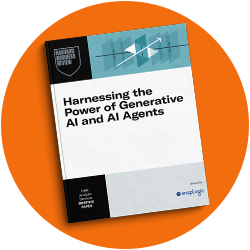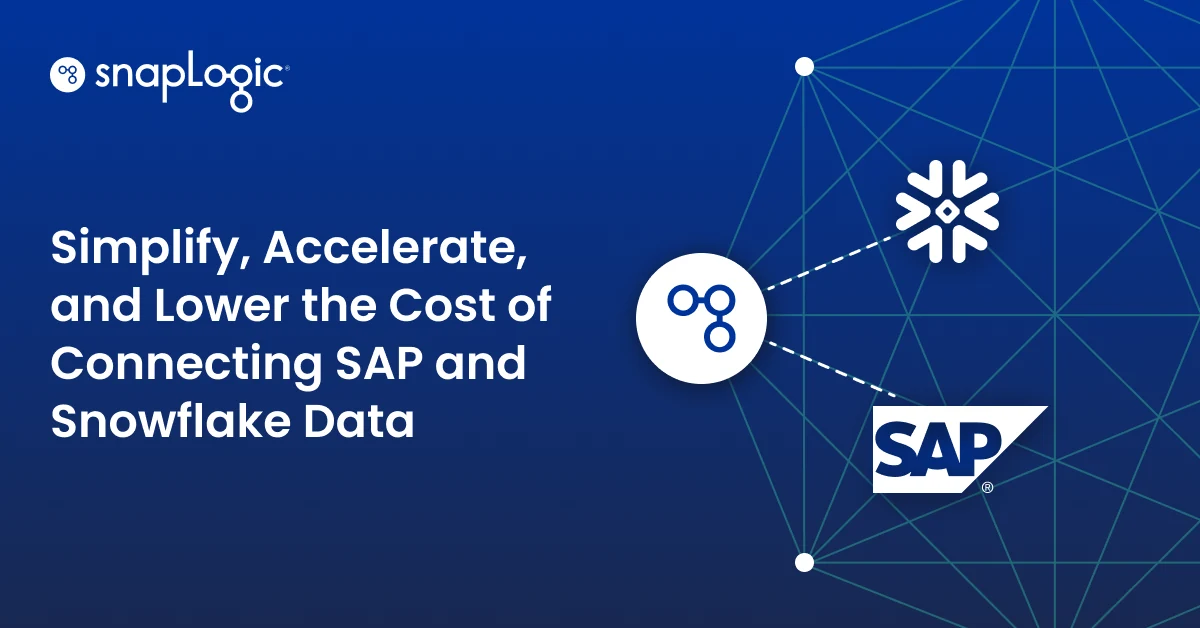What is data migration?
Database migration is moving data from one location to another, such as to a new system, database, data warehouse, data lake, from an on-premises legacy system to the cloud, or between clouds.
Why do you need a data migration strategy?
Your data is extremely important, and if it is not transferred with the right care, it can cause a devastating data loss and disrupt functionality in your business. A data migration plan will help ensure success for your digital transformation and modernization initiatives.
Types of data migration strategies
There are several common data migration strategies and which one you use will depend on the needs of the business/end users, type/volume of data to be migrated, and the company’s resources.
- A big bang approach refers to the process of data migration wherein the entirety of the data is transferred from its source to a target system in a single operation and point of time. This all-at-once approach requires the most pre-planning and data management due diligence to ensure success. The detriment of this approach is a certain amount of downtime needed to complete the migration. Businesses that need to operate their applications 24/7 may not find this acceptable.
- A trickle migration is a more in-depth method of database migration. It splits the data into smaller groups, which creates a more organized process so the database migration team can confirm that each dataset is transferred successfully. If one of these sub-migrations fails, in most cases, it can simply be re-worked without interfering with the rest of the migrations. The drawback to the trickle database migration method is that it’s time-consuming and consumes more resources, since the old system and new system must run simultaneously.
- A zero-downtime migration copies data from the original database to the target database without requiring downtime. It allows the use of the source database during the migration process. This lessens the disruption to the business and facilitates a faster migration time.
Choosing the right data migration strategy is essential for successful data migration and needs to be a decision that takes into account the needs of the business, impact on end users, risk tolerance for potential data loss and degradation of data quality, and whether the business can afford a period of downtime.
Once you determine the migration design, you’ll want to follow key best practices. 
Best practices for data migration
A successful database migration can be achieved by following some of the best practices for a data migration strategy, such as:
- Determine the scope of your project. Be mindful that, like most IT projects, scope creep will likely happen. If you’re using a trickle migration strategy, prioritize which data to move according to the impact on business results and user experience.
- Evaluate your current data. Consider the type, volume, relevance, strategic importance, what data should be migrated, and what should be left behind. A cloud migration from on-premises systems to the cloud is a critical time for data housekeeping.
- Communicate the impact to teams and the business. Stakeholders need to know what the data migration process involves, what their involvement is expected to be, likely impacts to key systems and user experience during and after the process, and key timelines. If you’re using a big bang approach, customers will need to be informed of the scheduled downtime.
- Backup your existing data before you begin. You want to have a backup in case there are issues during the migration process.
- Test and retest. Careful testing ensures that you can catch and fix errors before they have an impact on end users or key systems.
Using data migration software
Data migration solutions are used to move data by a process of selecting, preparing, extracting, and transforming data so that it’s compatible with its new location. Data migration is not the same as data integration, which becomes part of a company’s system architecture that connects data through APIs and connectors. Data migration projects are a one-time event whereas data integration supports a continual flow of data between applications, data lakes, data warehouses, and key systems.
Data migration solutions typically include the following:
- On-premises data migration tools: Move data between on-premises servers or databases.
- Cloud-based data migration tools: Transfer data to data lakes or data warehouses in the cloud (examples include AWS Migration Services, Azure Migration Tools, Carbonite Migrate, Dynatrace).
- Open-source data migration tools: Move data between either on-premises or cloud-based locations.
- Hybrid data migration tools: these tools move data between on-premises and cloud systems.
Moving data to the cloud
As businesses modernize and shift toward automation, they are moving to cloud data storage and cloud warehousing. One of the biggest drivers behind data migration is the shift from on-premises storage to the cloud. Businesses that previously shifted to the cloud are also moving data between clouds, particularly as they develop a hybrid or multi-cloud approach.
The cloud facilitates scalability, improves and speeds up business processes and workflows, and enables the always-on availability of cloud applications — which most businesses rely on. The cloud is also a prerequisite to automation — the next wave of digital transformation that harnesses the power of AI and machine learning to deliver faster, more accurate results and user experiences.
Shifting migrated data to a cloud data center and storage systems gives the business the ability to compete in a cloud-based world. The cloud is designed to handle big data, and as businesses generate exponential volumes of data every day, only the cloud can provide the storage, connectivity, scalability, and data processing speed to derive actionable value from that data.
Moving to the cloud also facilitates data integration and application integration, both of which enable businesses to create new workflows and innovate on customer experience. While many businesses use ETL for data migration, they find that using an integration platform as a service (iPaaS), like SnapLogic, for data and application integration gives them the speed and power to drive automation across the organization.
Use a data migration strategy for a successful data transfer and storage migration process. Need help? We’d love to connect.









